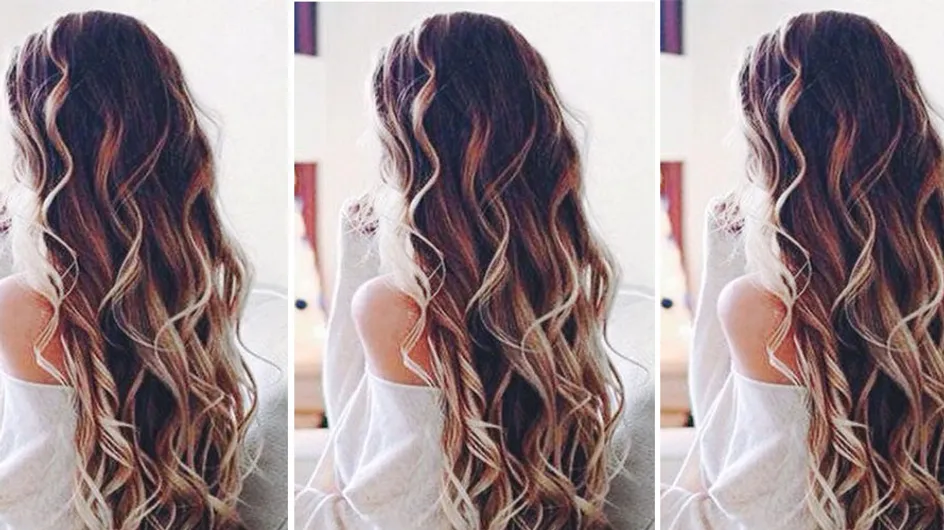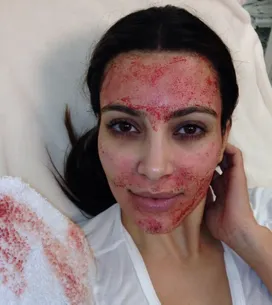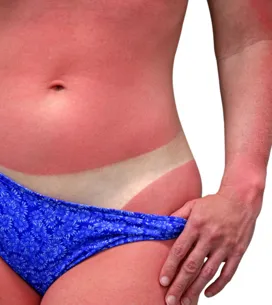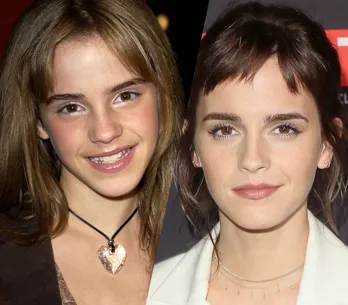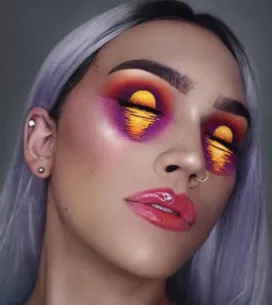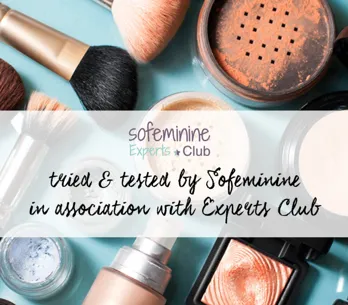1. So how do they work?
Hair is added to your natural lengths by the hairdresser - usually an extension technician who specialises in fitting extensions. The extra hair will either lengthen your locks, thicken it or both, depending on what you've specified in your consultation beforehand. Undoubtedly, the hardest part of the entire process is finding hair that suits your texture and is just the right colour. More often than not, the adhesive used to attach the extra hair will contain keratin - a protein naturally present in the hair that gives it strength which in turn minimises the damage caused to the scalp.
2. What should I watch out for when choosing my extensions?
- The more you pay, the better quality the extensions so it's worth spending a bit more if you want them to last
- Pick a colour that matches your natural skin tone
- Leave the installation to the professionals - the end result will be worth it
Stephanie Pollard - owner of boutique Chelsea-based salon of the same name - is somewhat of a extension expert and the perfect person to answer such questions. She adds: "The most important thing is to communicate what look you are wanting to achieve. Bring photos, magazines cut outs and images of inspired looks which you love and be 100% honest with the stylist. It's also important to tell them how you usually wear your hair as the stylist will select the application method most suited to you. It's important to remember that extensions also require a certain amount of commitment in terms of maintenance, adhering to the aftercare instructions etc. so time and budget are also important factors to discuss with your stylist."
3. What are the different hair extension techniques?
There are several different extension techniques: hot, clip-in and cold are the three main ones.
- The hot extensions are made using heated pliers or screws. The keratin applied hardens and dries until it becomes invisible. The extensions are then firmly fixed at 0.5cm from the hair root.
- Clip-in extensions come in the form of strips of hair and they're simply clipped to your hair, by a system of plastic clips - making for the most hassle-free installation and removal out of the three types.
- Cold extensions involve small metal rings which are attached to the base of the hair by a clamp and the artificial extensions are attached to these.
Cold hair extensions can also be made using a vegetable glue (called "synthetic keratin") - it's invisible and applied to each strand. The advantage of these two methods is that it's easy to remove the locks.
4. How long does it take?
You know what they say - patience is a virtue and that's especially true in the case of extensions. You need to plan ahead - book a consultation first to allow you to choose the perfect colour and it'll also allow the professional to determine the number of extensions needed for your new hairstyle which is essential if you're to have a good idea of how much it'll cost before being billed.
The actual fitting can take from 1.5hrs up to three but ultimately, it will depend on the salon, the technician, how many you're having as well as the length and volume of your natural hair.
5. I've got a sensitive scalp - will it hurt?
No, fitting the extensions will be completely pain-free, promise. The connectors are not in direct contact with your scalp so even if yours is sensitive, it won't hurt.
Extension expert Stephanie Pollard adds: "If you suffer from a scalp condition, like psoriasis, they are not recommended. If you are worried about your scalp in general, we now offer a fantastic scalp examination service which proves that there is no damage caused to the scalp or hair by hair extensions. The treatment uses a Neoscope camera which zooms in and reveals the condition, hair follicles health, etc. We then take images before and after your extension appointment to reassure that there is no damage caused."
6. How long do hair extensions last?
It depends on a few things: your hair type, the quality of the hair extensions and how well you look after them. Good capillary extensions can last between four and six months. In general, the basic extensions last two months but you will have to visit your hairdresser every 4-6 weeks. These maintenance appointments involve moving the extensions up and adding some new hair so that your locks look as fresh and natural as possible. If you've lost any bonds, it's also a chance to have them replaced. It's recommended you organise your maintenance appointments with the technician before leaving the salon after your initial fitting.
7. How do you wash hair extensions?
The short answer: exactly the same as you wash your normal hair. Make a conscious effort to wash well from the root of the hair towards the tips so as to not to tangle the hair. It's important you're gentle when washing between the hair and the extension. Using a hair mask - either homemade or shop-bought - once a week will help keep your extensions in good condition which will in turn prolong their shelf life.
8. What about drying my hair extensions?
- Towel dry first to avoid knots
- The hair dryer must be used at a distance (about 10 to 15 cm) and a cold-air setting is best.
9. And what about brushing?
Like natural hair - without regular brushing, your extensions will become tangled and a prolonged lack of maintenance will render them unmanageable. Therefore brushing is essential. The best way to brush? Use a soft brush and if knots have formed in your artificial lengths, do not force the brush through them - the key is to be gentle but if your hair is knotted beyond the point of no return, it's best to seek the advice of your hairdresser.
10. Should I take any precautions when sleeping in my extensions?
Brush your hair thoroughly before going to bed - it's as simple as that.
11. Are all water activities (minus everyday cleanliness) out of bounds?
Not necessarily just make sure you rinse them thoroughly with fresh water after a dip in the sea or your local swimming pool. It is advised that regular use Turkish baths may shorten the life span of your hair extensions.
12. Will extensions cause any permanent damage to my hair?
You should know that hair extensions are not without risk to your natural hair. The worry is that the added wicks are likely to deprive your hair of air and this will make it fragile and more prone to damage, especially when they're taken out. Our advice: less is more as it'll reduce the strain on the hair.
Stephanie Pollard adds: "If extensions are applied professionally and correctly, there will be no damage to the natural hair at all. Due to the extensions significantly improving the look, many of my clients find that they stop aggressive blowdrying, backcombing and using too many styling products - all of which often cause hair damage. I also ensure that a sufficient amount of natural hair is used to support the extensions and that there is no pressure on the hair or scalp."
13. Let's talk money - how much will I need?
It's impossible to give an average price as the total cost depends on the hair used, how thick and/or long you want it to be as well as the salon. It's not uncommon for people to fork out as much as £1300 on getting Rapunzel-worthy locks. In any case, it's best to request a free quote from your hairdresser before booking in for a fitting.
14. I'm done with them - how do I remove them?
Don't let anyone other than a qualified hair-extension technician take them out for you as this will minimise the damage caused. It can cost anywhere between £60 to £140 for the removal appointment alone but you can't put a price on not ruining your hair for life.
Are you thinking about getting extensions or have you had them? Let us know about your experience @soFeminineUK
Liked this? You might also like:
Beyonce, J-Lo & Kim Kardashian: The Celebs Loving The Rapunzel Hair Trend
